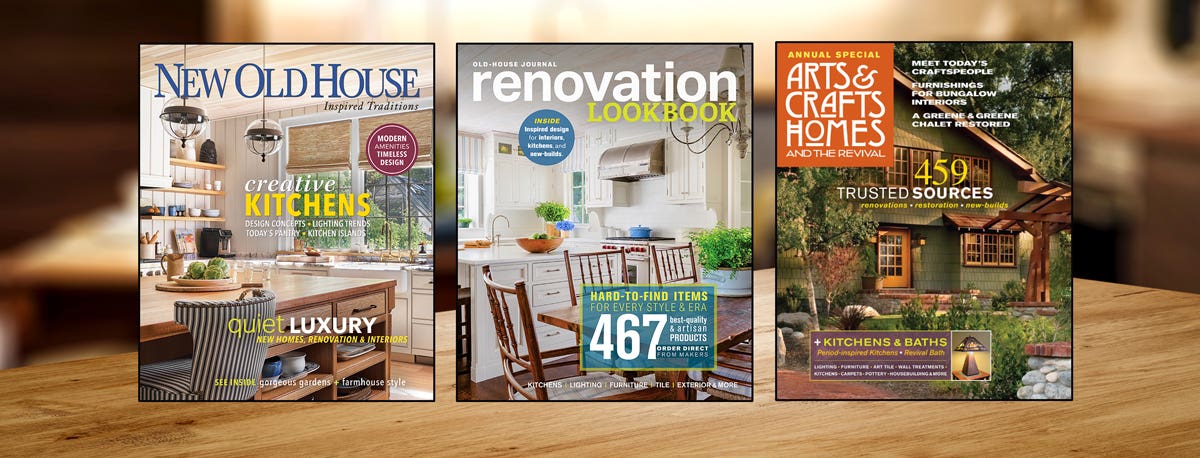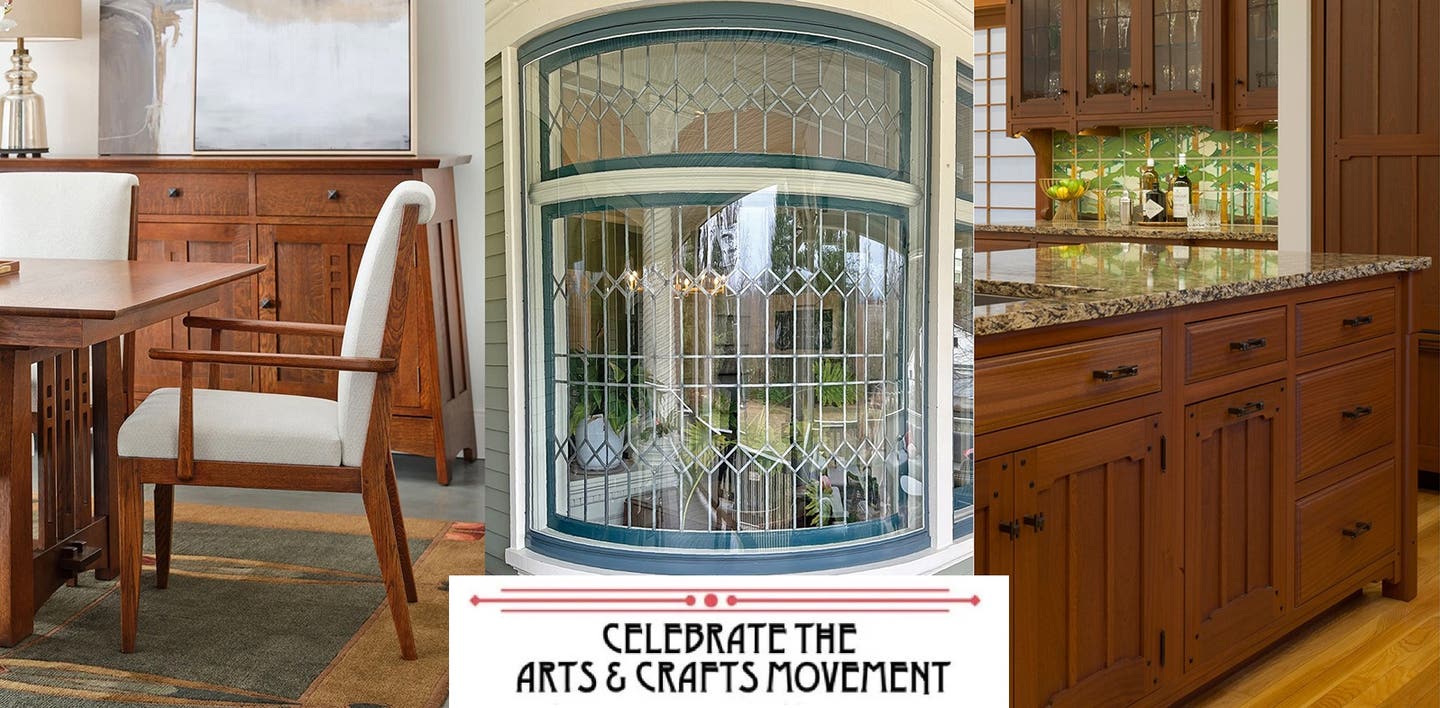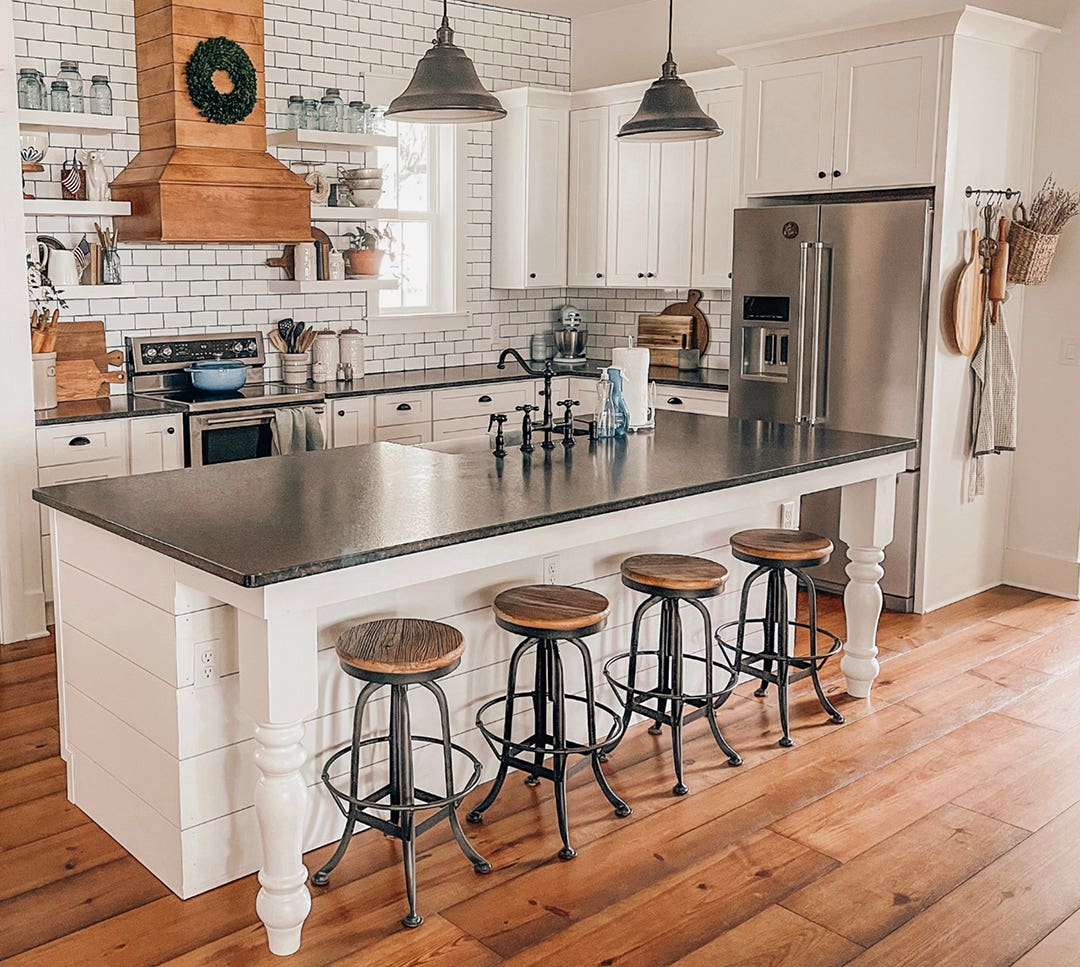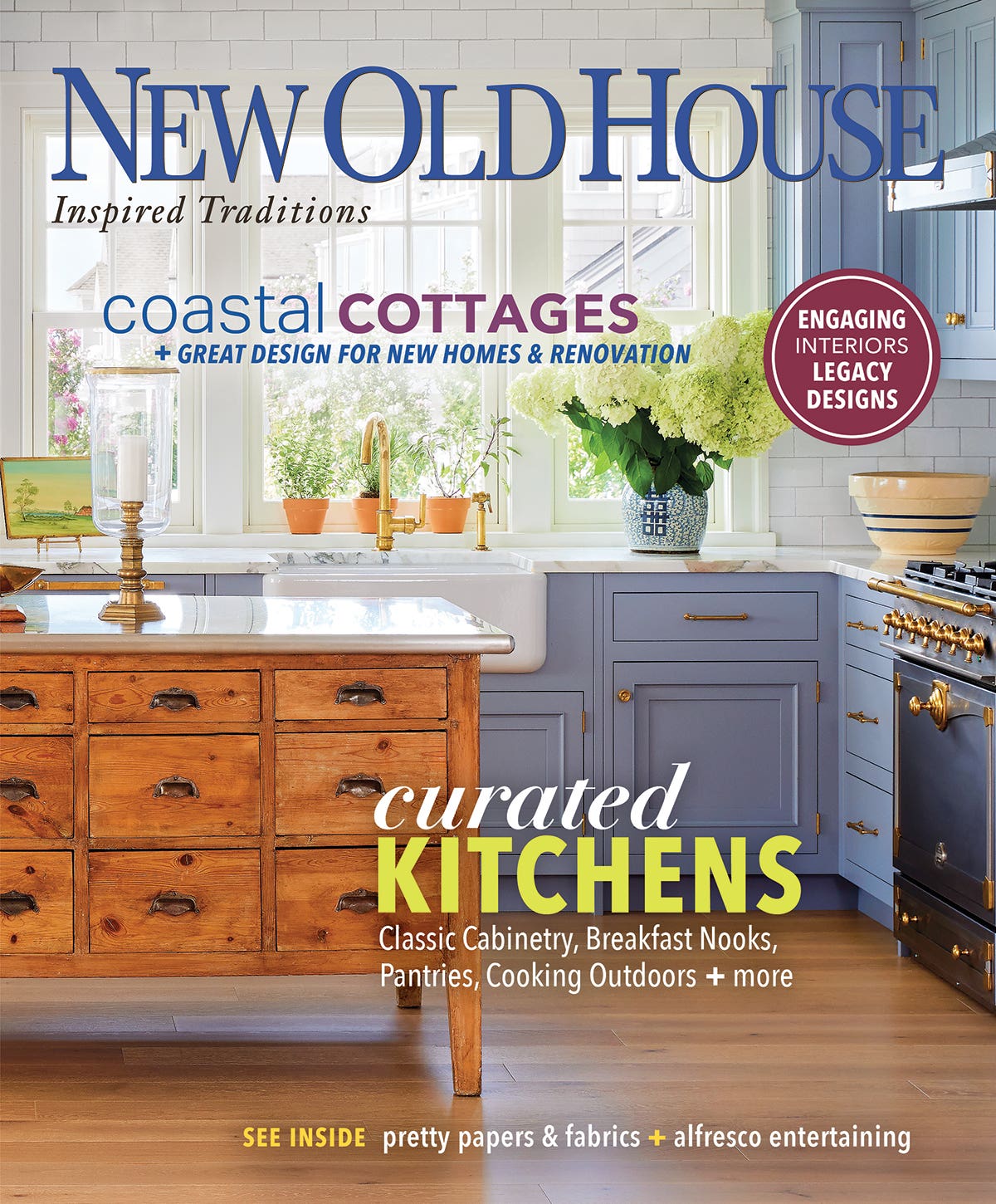Start Small
A Note from the Editor: I once wrote an article called How to Get Comfortable Finding Furniture, about why buying furniture is scary. I offered a few flexible rules to…
A Note from the Editor:
I once wrote an article called How to Get Comfortable Finding Furniture, about why buying furniture is scary. I offered a few flexible rules to make it easier: Buy hardworking classics. Scale to the room. Consider the period.
But one of my tips may have been surprising: Think in vignettes. Vignettes are those “tight shots” you see in magazines—not the whole room, but rather a little grouping: easy chair/table/lamp in a corner, or tall plants placed on either side of a wicker settle. The idea came from my own direct experience, but it flies in the face of the common advice to start with the biggest piece (sofa, dining table) and work toward accessories.
For my part, I was too afraid to buy something big and expensive, and I figured I had to start somewhere. It may sound risky to furnish one area without considering the rest of the room. But this approach has worked for me quite well. Some spaces are easier to “see” furnished than others. You already may have a good sense of what would look right at the stair landing, or between your bed and the window, even if furnishing the room as a whole is daunting.
Subscribe to Arts & Crafts Homes, or pick up an issue at your favorite bookstore or newsstand. Order back issues through the Old-House Bookstore or call (800) 850-7279.
When you go ahead with the vignette, three things happen: (1) With limited expense, you get a pleasing vignette. (2) What you’ve chosen sets a style and mood to direct the rest of the furnishing. (3) You limit and define the size and placement of other pieces in the room, by process of (space) elimination.
Some ideas for room-starter vignettes: a table in the hall (consider a lamp, a tabletop collection, and hung artwork as well); built-ins or small-scale furniture for inside a window bay; a well-lit reading corner; seating near the fireplace; a large piece on the only unbroken wall; a grouping to play up existing symmetry. Try it!
Patricia Poore,Editor
ppoore@homebuyerpubs.com
10 Harbor Rd., Gloucester, MA 01930
Patricia Poore is Editor-in-chief of Old House Journal and Arts & Crafts Homes, as well as editorial director at Active Interest Media’s Home Group, overseeing New Old House, Traditional Building, and special-interest publications.
Poore joined Old House Journal when it was a Brooklyn-brownstoner newsletter in the late 1970s. She became owner and publisher and, except for the years 2002–2013, has been its editor. Poore founded the magazines Old-House Interiors (1995–2013) and Early Homes (2004–2017); their content is now available online and folded into Old-House Journal’s wider coverage. Poore also created GARBAGE magazine (1989–1994), the first unaffiliated environmental consumer magazine.
Poore has participated, hands-on, in several restorations, including her own homes: a 1911 brownstone in Park Slope, Brooklyn, and a 1904 Tudor–Shingle Style house in Gloucester, Massachusetts, where she brought up her boys and their wonderful dogs.







